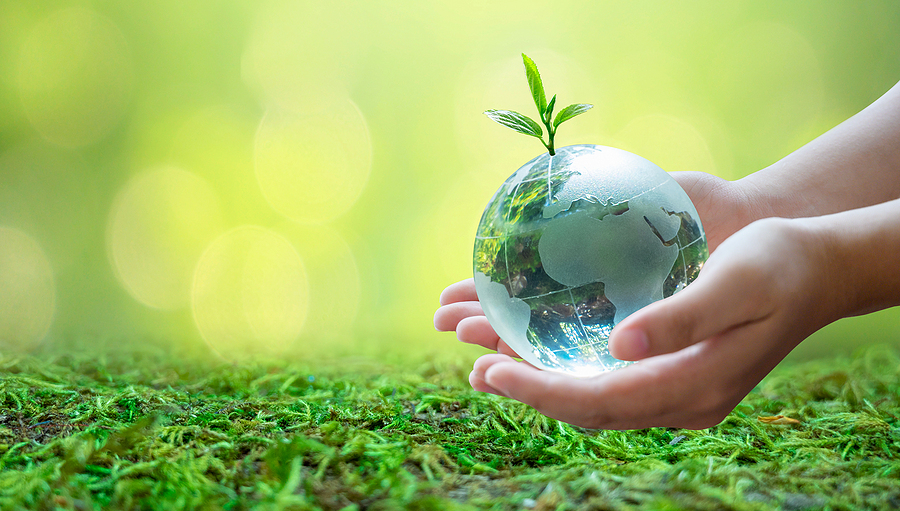It’s no secret that our environment has been suffering. From forest fires that rage out of control to poor air quality and the high prevalence of natural disasters, climate change and global warming caused by pollution has been a major concern for years.
Trupti Sarang, a clinical pharmacist working in a hospital and living in Austin, Texas, believes that the key to preserving our world lies within each of us. She delves into a few critical reasons why we need to do everything in our power to help the environment. From the preservation of biodiversity to having access to clean water, she provides valuable insight into why it’s important to save the planet.
Biodiversity
First, the preservation of biodiversity is essential to life on Earth. Environmentally speaking, biodiversity is what makes up both our land and water-based ecosystems. Further, it is these ecosystems that provide natural resources that people need. There are also social and economic benefits to biodiversity as well. For example, Trupti Sarang asserts that nature-based tourism is a huge industry in the United States and around the world. From national parks to fancy ski resorts, everything could be affected if we continue down the path we’re on.
Biodiversity also props up our food industry, specifically fish and plant-based foods. In terms of the social benefits, biodiversity, or nature, increases the quality of life of humans and provides places where people can seek refuge and escape the stress of their busy urban lives. Thus, the preservation of the environment’s precious biodiversity is one of the top reasons why we need to save the planet. How we achieve the goal of maintaining biodiversity is multi-faceted. Trupti Sarang believes that a few key steps will be required, including preserving natural habitats, encouraging builders to develop around habitats, designing roadways to respect animal inhabitants, installing wildlife-friendly curbing on highways, and discouraging residents from planting non-native, invasive plant species.
Air Quality
The second reason why it’s important to preserve our world is in relation to air quality. Good air quality is necessary if humans are to remain healthy. If we let the air quality continue to degrade, the results will be catastrophic in all sectors. For example, poor air quality has been linked to respiratory diseases including cancer. If the air quality continues to deteriorate, we could see a drastic increase in respiratory illness and a decrease in overall quality of life for many people. Of course, the health care system is also related to the economy. When more people are sick, health care costs go up and it can become a real economic burden. In regards to the environment, air quality directly impacts the quality of the water (more on that below), so when the air quality is good, acid precipitation is reduced which is beneficial to aquatic ecosystems. In order to achieve healthy air quality in the future, Trupti Sarang claims that we need to develop energy efficient transport systems that give off low or no emissions, utilize more previously built structures, and implement more efficient traffic control systems to reduce idling time.
Clean Water
Lastly, having clean water is yet another reason why we need to do everything we can to preserve the world. Clean water is a necessity, not just for humans but also for plants and animals. All living things require water. What will it cost us if we continue polluting our water? Water-borne diseases will increase, quality of life will decrease, health care costs will increase, and the ecotourism industry will suffer a serious blow as activities like fishing, boating, and even swimming may no longer be possible. The biggest issue with poor water quality relates to the existing aquatic ecosystems. These ecosystems will start to deteriorate, with water dependent animals and plants becoming extinct. To ensure this nightmare doesn’t become a reality, Trupti Sarang recommends the following. First, she says that direct discharge of storm water to bodies of water should be banned. Second, storm water retention time in treatment ponds needs to be increased. Finally, upland buffers should be placed around all surface water bodies to treat runoff. Native plants should also be planted to act as buffers. These plants will further help break down pollutants and retain nutrients on behalf of the water.
Image Source: BigStock.com (Licensed)
Related Categories: Environmental, Reviews








